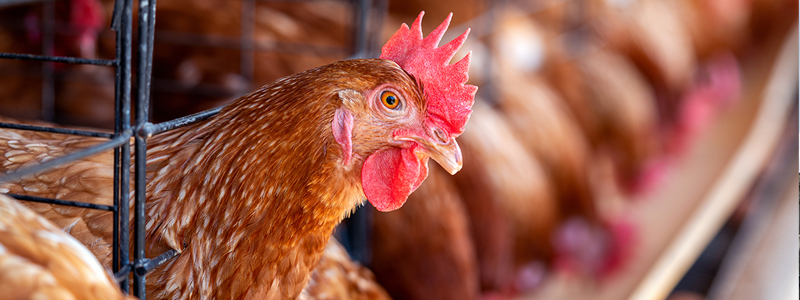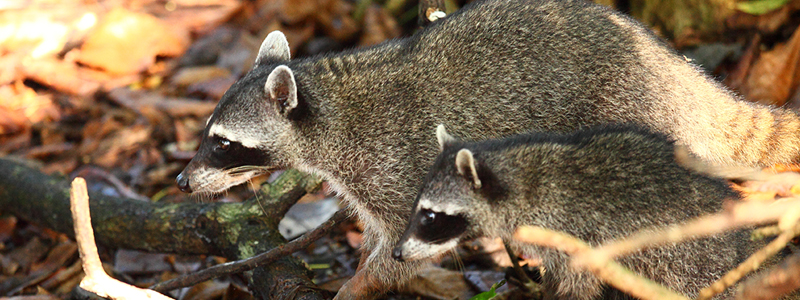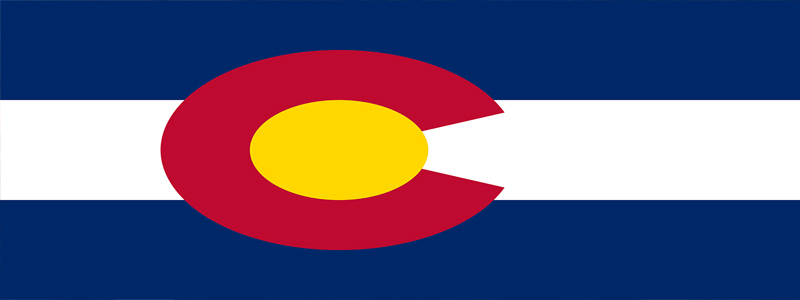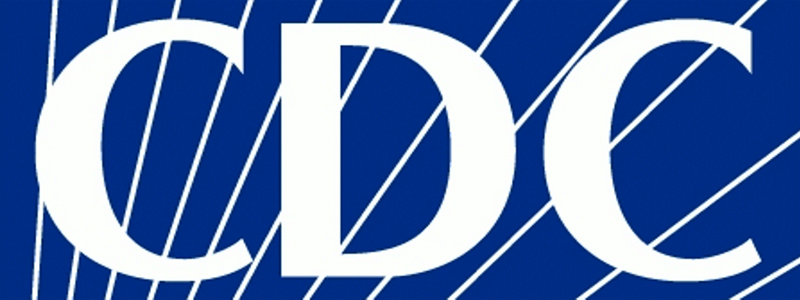BY: SAMANTHA BARTLETT, DVM
The U.S. Secretary of Agriculture, Brooke Rollins, announced a $1B five-pronged approach to address avian influenza to include $500 million for biosecurity, $400 million for financial relief for farmers and $100 million for vaccine research, reduction in regulatory burdens, and temporary import options.
The Wildlife Biosecurity Assessments will be expended to safeguard farms from transmission from wild birds. The program will initially focus on egg-layer facilities. Wild bird transmission causes about 83% of HPAI cases. Currently, the 150 facilities that follow these protocols have had only one outbreak.
Additionally, biosecurity audits will be expanded to include all HPAI-affected farms and surrounding, non-affected farms. The audits are free. Shortcomings must be addressed to remain eligible for indemnification for future infections. USDA will share up to 75% of the costs to fix biosecurity concerns identified in the audits. In addition, USDA will deploy epidemiologists to provide advice to producers on how to reduce the risk of HPAI infection at their facilities.
Up to $400 million will be allocated to help farmers accelerate repopulation of their flocks and to indemnify producers whose flocks must be depopulated to control the spread of HPAI. USDA is also working to reduce regulatory burdens on the chicken and egg industry to lower consumer prices. This includes strategies to expand supply in the commercial market, minimize burdens on individual farmers who harvest homegrown eggs, develop strategies to limit the extent of depopulations in HPAI outbreaks.
Finally, the USDA is focused on strategy for new generation vaccines and therapeutics to minimize depopulation of egg-laying chickens. USDA is also working to limit impacts to export trade markets from vaccination.
The USDA’s February 21 Egg Markets Overview stated there were 36 confirmed outbreaks in nine states with a resulting loss of 26.8 million birds. This has resulted in egg shortages within the U.S. and an average wholesale price of more than $8 per dozen compared to $2.25 last fall.
The AVMA website also has up-to-date information on avian influenza and its epidemiology in the United States.











